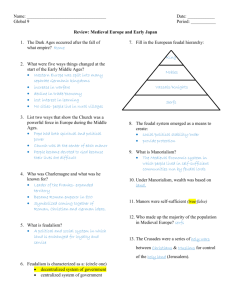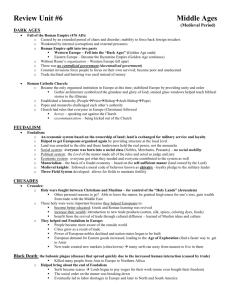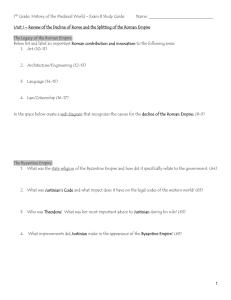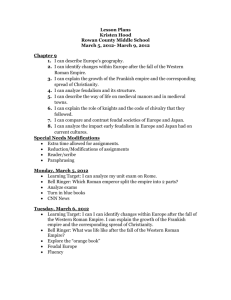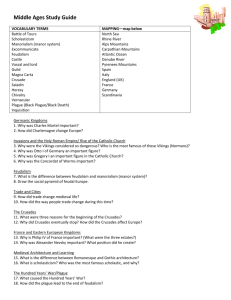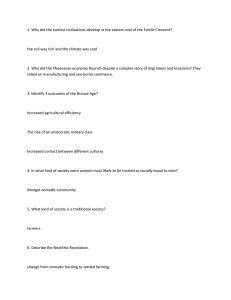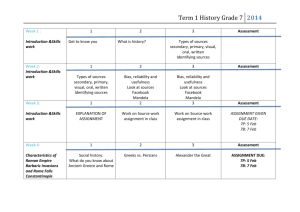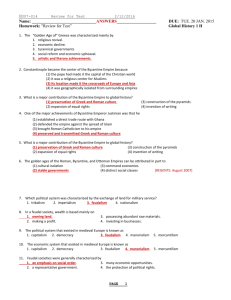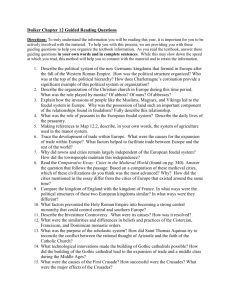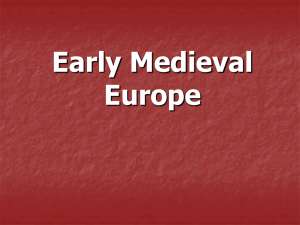TEST CORRECTIONS FOR TEST 5: For each question that you got
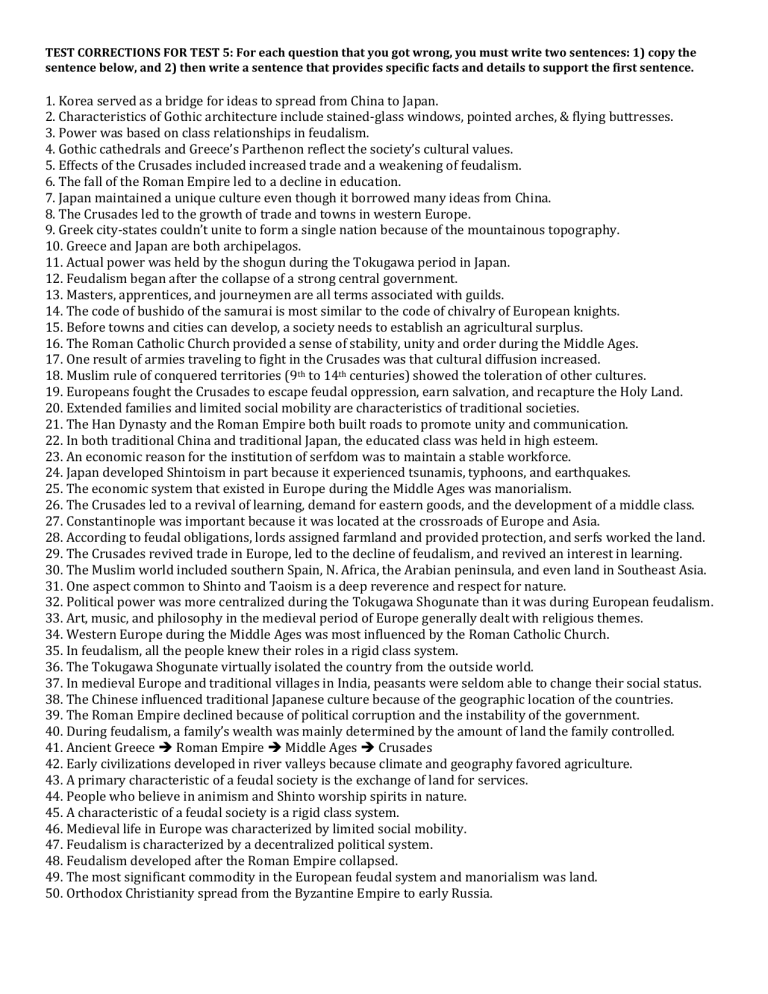
TEST CORRECTIONS FOR TEST 5: For each question that you got wrong, you must write two sentences: 1) copy the sentence below, and 2) then write a sentence that provides specific facts and details to support the first sentence.
1. Korea served as a bridge for ideas to spread from China to Japan.
2. Characteristics of Gothic architecture include stained-glass windows, pointed arches, & flying buttresses.
3. Power was based on class relationships in feudalism.
4. Gothic cathedrals and Greece’s Parthenon reflect the society’s cultural values.
5. Effects of the Crusades included increased trade and a weakening of feudalism.
6. The fall of the Roman Empire led to a decline in education.
7. Japan maintained a unique culture even though it borrowed many ideas from China.
8. The Crusades led to the growth of trade and towns in western Europe.
9. Greek city-states couldn’t unite to form a single nation because of the mountainous topography.
10. Greece and Japan are both archipelagos.
11. Actual power was held by the shogun during the Tokugawa period in Japan.
12. Feudalism began after the collapse of a strong central government.
13. Masters, apprentices, and journeymen are all terms associated with guilds.
14. The code of bushido of the samurai is most similar to the code of chivalry of European knights.
15. Before towns and cities can develop, a society needs to establish an agricultural surplus.
16. The Roman Catholic Church provided a sense of stability, unity and order during the Middle Ages.
17. One result of armies traveling to fight in the Crusades was that cultural diffusion increased.
18. Muslim rule of conquered territories (9 th to 14 th centuries) showed the toleration of other cultures.
19. Europeans fought the Crusades to escape feudal oppression, earn salvation, and recapture the Holy Land.
20. Extended families and limited social mobility are characteristics of traditional societies.
21. The Han Dynasty and the Roman Empire both built roads to promote unity and communication.
22. In both traditional China and traditional Japan, the educated class was held in high esteem.
23. An economic reason for the institution of serfdom was to maintain a stable workforce.
24. Japan developed Shintoism in part because it experienced tsunamis, typhoons, and earthquakes.
25. The economic system that existed in Europe during the Middle Ages was manorialism.
26. The Crusades led to a revival of learning, demand for eastern goods, and the development of a middle class.
27. Constantinople was important because it was located at the crossroads of Europe and Asia.
28. According to feudal obligations, lords assigned farmland and provided protection, and serfs worked the land.
29. The Crusades revived trade in Europe, led to the decline of feudalism, and revived an interest in learning.
30. The Muslim world included southern Spain, N. Africa, the Arabian peninsula, and even land in Southeast Asia.
31. One aspect common to Shinto and Taoism is a deep reverence and respect for nature.
32. Political power was more centralized during the Tokugawa Shogunate than it was during European feudalism.
33. Art, music, and philosophy in the medieval period of Europe generally dealt with religious themes.
34. Western Europe during the Middle Ages was most influenced by the Roman Catholic Church.
35. In feudalism, all the people knew their roles in a rigid class system.
36. The Tokugawa Shogunate virtually isolated the country from the outside world.
37. In medieval Europe and traditional villages in India, peasants were seldom able to change their social status.
38. The Chinese influenced traditional Japanese culture because of the geographic location of the countries.
39. The Roman Empire declined because of political corruption and the instability of the government.
40. During feudalism, a family’s wealth was mainly determined by the amount of land the family controlled.
41. Ancient Greece Roman Empire Middle Ages Crusades
42. Early civilizations developed in river valleys because climate and geography favored agriculture.
43. A primary characteristic of a feudal society is the exchange of land for services.
44. People who believe in animism and Shinto worship spirits in nature.
45. A characteristic of a feudal society is a rigid class system.
46. Medieval life in Europe was characterized by limited social mobility.
47. Feudalism is characterized by a decentralized political system.
48. Feudalism developed after the Roman Empire collapsed.
49. The most significant commodity in the European feudal system and manorialism was land.
50. Orthodox Christianity spread from the Byzantine Empire to early Russia.
